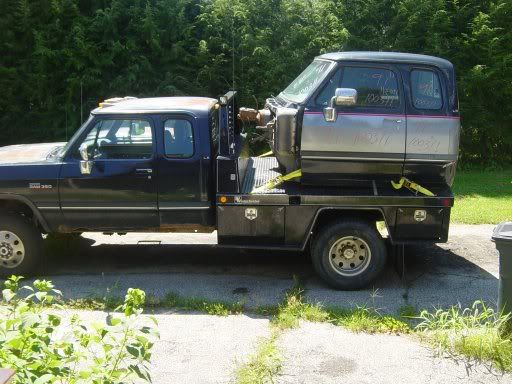Hey, thanks Philip!
Not a problem. This Dodge makes flatbed #6 I have had over the decades. :coffeedrink:
Hey, thanks Philip!
I know Ill never have another fleetside.
The COG seems to always crop up in these types of threads.
While it is true, that a standard bed floor is a bit lower than a traditional flatbed floor, Ill argue that the COG of a flatbed model could be just as or even lower than that of fleetside.
You simply have more options for placing things down low.
With a traditional bed, your options are seriously limited.
Quite often heavy things like the LP tank, and appliances like the water heater and fridge, as well as outside stowage compartments are mounted well above the bed rails, or behind the rear axle in the back wall due to lack of space.
With a flatbed, you can place them ALL down low if needed, and have much more control over front-rear and side-side weight distribution.


Now your basically talking cab-chassis or "tray" type setup.
Certainly not what this thread is about, per the thread title or even the discussion. :sombrero:
Yes, a cab-chassis type setup is the ultimate setup, but it pretty well kills the "utility" of a flat bed or fleetside.
A tray like that is pretty useless for anything beyond hauling a camper built for it.
So, why even go with a tray? Engineer and build it as an actual cab-chassis unit, and gain ALL the benefits. :ylsmoke:

Many reasons. No it doesn't kill the hauling ability of it... you can still haul anything you could haul in a normal truck and more including a full sized pallet.




Still I think the standard flat bed wins out in over all utility and usability. The extra 3-4" of height is easily compensated for with suspension upgrades .
